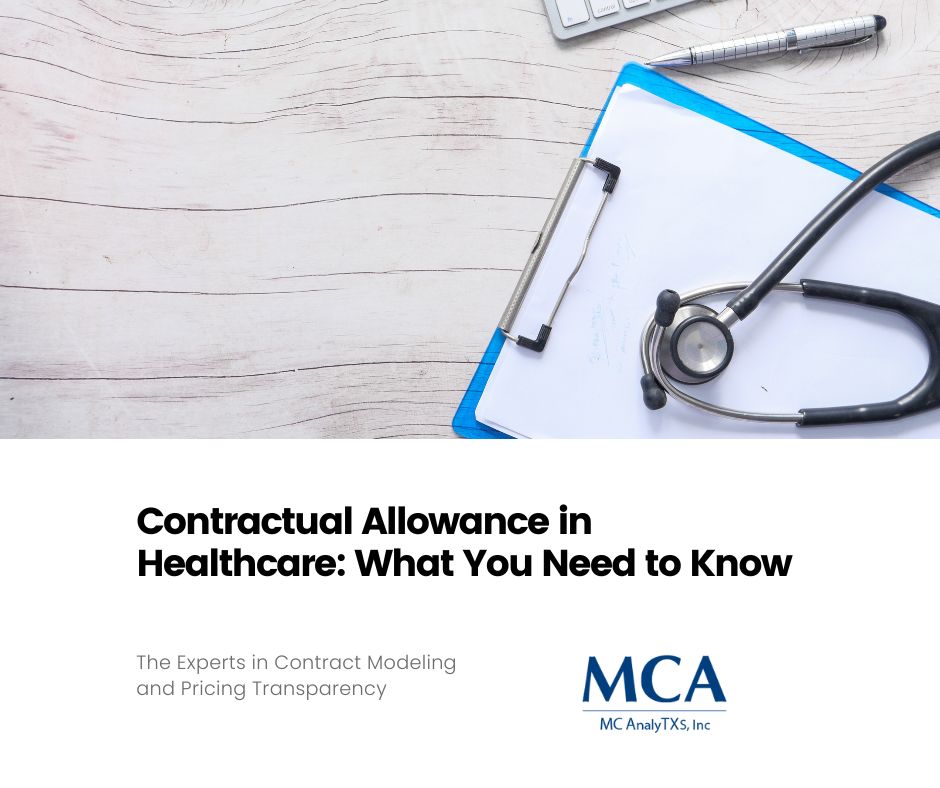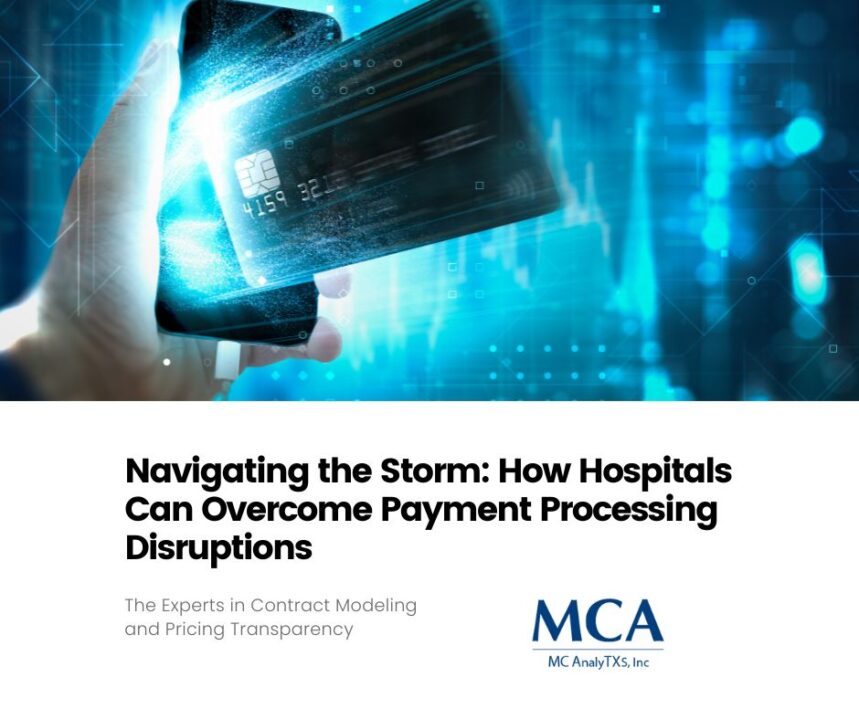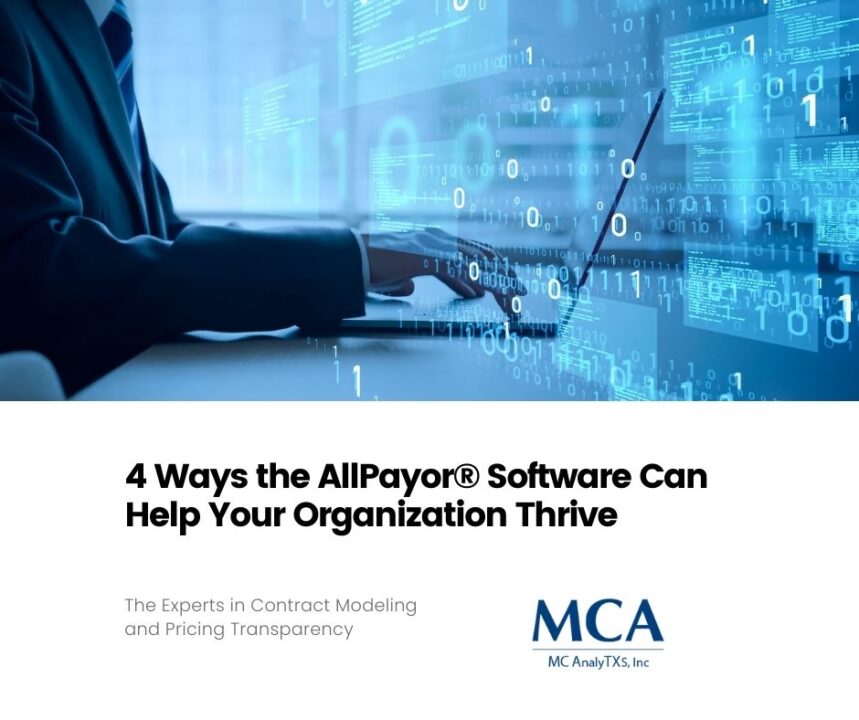
The Strategic Financial Pulse of Healthcare: Revenue Integrity Management for CFOs
April 25, 2024
Compliance Audit in RCM: Everything Healthcare Providers Need to Know
May 2, 2024The landscape of healthcare finance is complex and constantly evolving, with contractual allowance sitting at its core. Understanding contractual allowance is crucial for healthcare professionals, as it directly impacts revenue, compliance, and ultimately, patient care. This comprehensive guide aims to demystify contractual allowance, providing valuable insights into its management and future trends in the field.
Introduction to Contractual Allowance in Healthcare
Contractual allowance refers to the difference between the standard or list charges for healthcare services and the amount contractually agreed upon with payers or insurance companies. Essentially, it’s the discount healthcare providers give on their services in agreements with insurers. Understanding this concept is vital for healthcare managers, billing specialists, and policymakers to ensure financial stability and compliance with regulations.
Understanding the Financial Impact
The financial health of a healthcare organization significantly depends on how effectively it manages its contractual allowances. These agreements influence reimbursements, highlighting the need for accurate billing and negotiation skills. An unfavorable contractual allowance can lead to reduced revenues, whereas favorable agreements can enhance financial performance by ensuring reimbursements cover the cost of care provision.
Key Components of Contractual Allowance
Several elements play a crucial role in contractual allowances, including negotiated rates, service volume commitments, and payment terms. Healthcare providers need to understand these components to negotiate better terms and manage reimbursements efficiently.
Factors That Influence Contractual Allowance
Several variables affect the amount and terms of contractual allowances, including payer mix, market dynamics, and the quality of care provided. An organization’s negotiation leverage can significantly impact the terms of agreements. Understanding these factors can help in developing more effective negotiation strategies.
Strategies for Managing Contractual Allowance
Effective management of contractual allowances requires a strategic approach. Best practices include thorough contract review processes, regular monitoring of agreement compliance, and the use of data analytics to identify revenue optimization opportunities. Training staff in accurate coding and billing practices also plays a crucial role in minimizing discrepancies and denials.
Compliance and Legal Considerations
Navigating the regulatory environment is crucial in contractual allowance management. Healthcare organizations must ensure that their agreements and billing practices comply with federal and state laws, such as the Anti-Kickback Statute and the Stark Law. Adherence to these regulations protects organizations from legal and financial penalties.
Future Trends in Contractual Allowance
The healthcare industry is witnessing rapid changes, driven by technological advancements and shifts in policy. Predictive analytics, artificial intelligence, and value-based care models are shaping the future of contractual agreements. Staying ahead of these trends is crucial for healthcare organizations to adapt and thrive in the evolving landscape.
Conclusion and Call to Action
Contractual allowance is a complex but critical aspect of healthcare finance. By understanding its impact, components, and management strategies, healthcare professionals can ensure financial stability and compliance. As the industry continues to evolve, staying informed and adapting to changes will be key to succeeding in this challenging environment.
Healthcare professionals are encouraged to engage with professional networks, continue their education in healthcare finance, and implement best practices in contractual allowance management. Together, we can pave the way for a financially sustainable and high-quality healthcare system.
In navigating the intricacies of contractual allowances, knowledge is power. Equip your organization with the understanding and tools needed to manage these agreements effectively. By doing so, you’ll not only safeguard your financial health but also ensure the provision of exceptional care to your patients.
To learn more join our team of experts during our upcoming webinar Thursday, May 23rd, at 1 pm CST.





